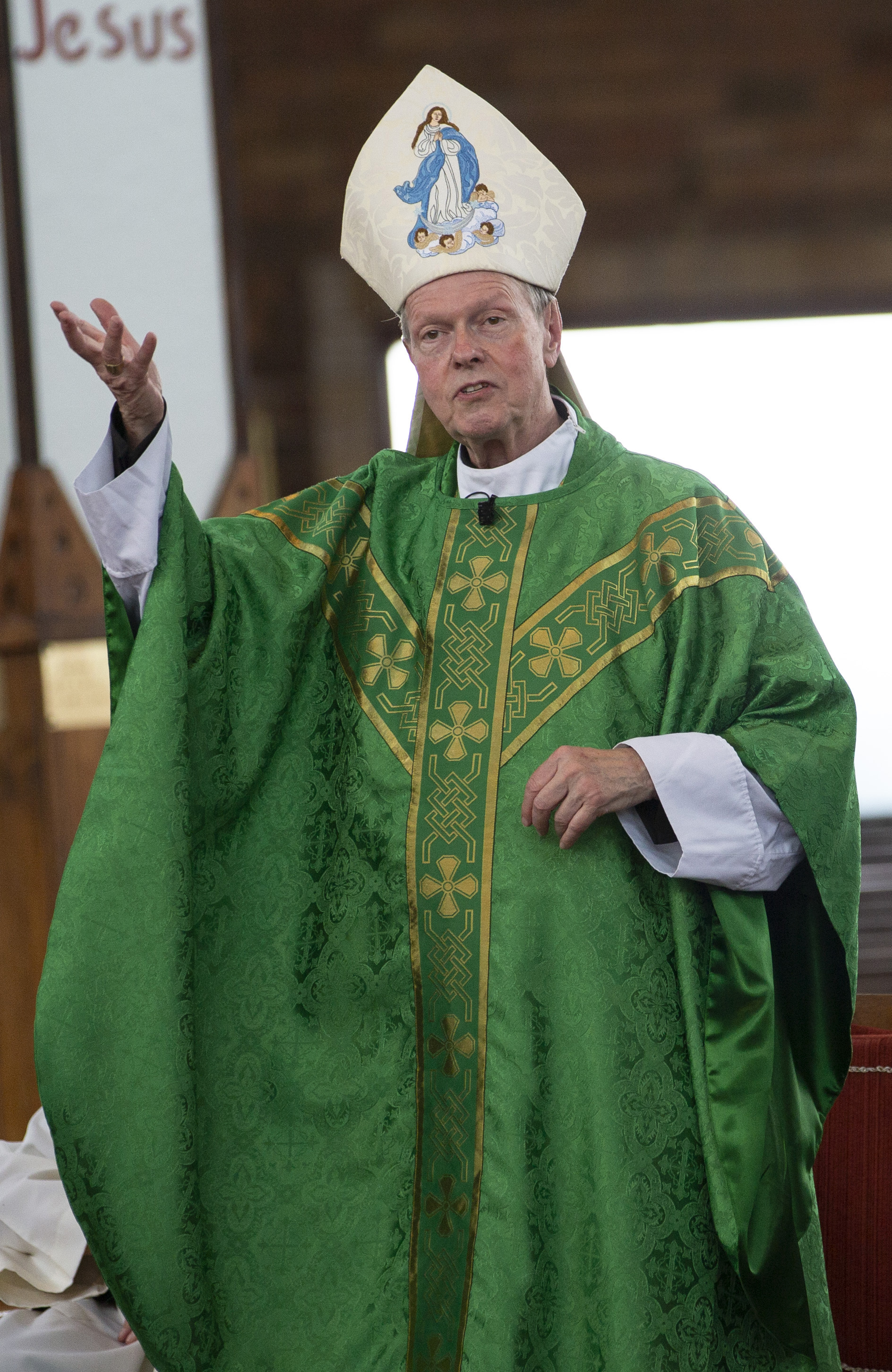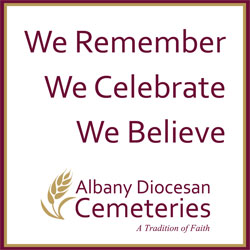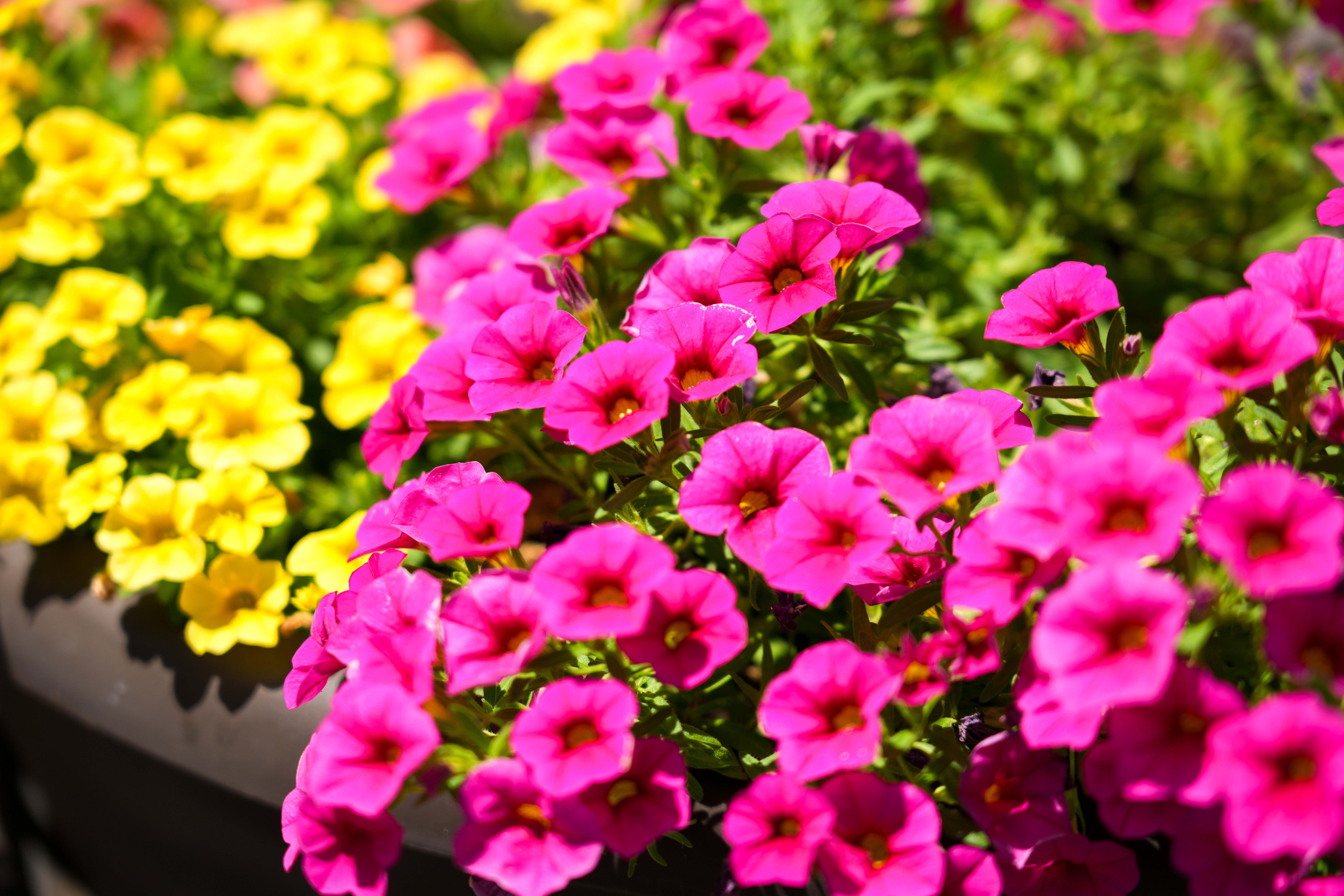March 4, 2020 at 4:20 p.m.
Sister Linda Neil, CSJ, has always had a passion for the Earth. An avid hiker, nature lover and naturalist, she took her joy for the planet and desire to preserve its beauty and transformed it into a series of workshops and presentations, called: “Encountering Earth: Reclaiming the Human in the Web of Life.”
She currently offers 11 presentations, ranging in topics from divine ministry in the cosmos, to consumerism and our human impact on the planet. Each workshop uses the art of Sister Marion Honors, CSJ, and the photography of Sister Clare Pelkey, CSJ, along with music, poetry and science to enhance the experience and better engage the audience, all while drawing connections to the Catholic faith.
Emily Benson of The Evangelist sat down with Sister Linda to talk about her faith, her upbringing on her family’s farm, and her passion to better the planet one workshop at a time in the latest installment of Catholic Voices.
TE: Where did you grow up?
LN: I was raised in South Jersey on a farm. My great-grandfather cleared the land, and I always have to remember it wasn’t our land to begin with. I wish we could trace it back before my great-grandfather because it had to be native land. It’s a little farm, not very big, but I think that’s where you get connected to the soil and creation and the fact that the human has to be a giving part of that whole dynamic.
TE: Was your family Catholic?
LN: My dad no, but my mother and my maternal grandmother, yes, they were very Catholic. We went to Catholic school and the whole enchilada. I graduated high school and went to college at what was Glassboro State College — now it’s Rowan University — for a year and then I entered the covenant.
TE: What was it like growing up on a farm?
LN: In my hometown (Hammonton, N.J.), which is the blueberry capital of the world, we didn’t have blueberries (on the farm) but we had tomatoes, sweet potatoes, beans, peppers, cherry tomatoes, raspberries, so they had to be picked and packed and sent to market. It was labor intensive from Memorial Day to the fall, but it wasn’t like growing up on a dairy farm where it’s labor intensive all year. And for the most part, I took it for granted because when I was a kid it meant work. But now I look at the privileged childhood I had; I was outside and we were pretty free. Our little neighborhood was mostly relatives so we could run all over the place. We had a little patch of woods and I loved all that; the more I could be outside the better.
TE: Do you think having that experience enhanced your desire to help the Earth?
LN: Oh, absolutely. That connection is really so important. I look at kids who are growing up without that — for all different circumstances, no fault-finding — but we have a ministry in the Hamilton Hill area of Schenectady — it’s a pretty depressed area — and the other three days I work at St. Joseph’s Place. I look around our neighborhood and I think where do those kids go? Because even the parks, there’s not much. During the summer though there’s efforts to get the kids outside.
TE: Did you know you always wanted to be a sister?
LN: Actually no, I wanted to be a farmer, and my grandmother … said, ‘Then you’ll starve to death!’ Then I wanted to be a school teacher and God said, ‘Well maybe you should try (the sisterhood) out,’ and I thought, ‘Yeah, right! Joke’s on me.’ I taught or was a principal for 39 years, but I was always trying to connect the kids with the outdoors and with creation because I realized how separated kids had become from nature. It was foreign to a lot of kids.
TE: Where did you teach?
LN: It was 39 years of a whole bunch of teaching experiences. I was a principal at Our Lady of Mount Carmel in Schenectady and I was a principal in New Jersey, but a lot of different teaching experiences. The last teaching experience I had was at Catholic Central High School (in Troy) for 13 years, and I tried to teach environmental science to juniors and seniors. Some kids just ate it up, and other kids, I could see we hadn’t gotten them early enough. Some of my students were hunters, some were fishermen, some snowmobiled, but they were outside. I found that that was a real plus for them.
TE: How did you get connected with the Sisters of St. Joseph?
LN: There was a different order of sisters in my hometown. Because my hometown was predominantly Italian-Americans, the order was an Italian-American order and that was the only experience of sisters I had. I stayed for a long time, but then I just felt it wasn’t the right fit, though they’re wonderful folks. So about 20 years ago, I decided to transfer to the Sisters of St. Joseph. I got up here because I was sent to Mount Carmel by my former community so I met our sisters up here.
TE: After joining you said you started your masters in Earth Literacy at St. Mary-Of-The-Woods College?
LN: It was my second masters, I had one in religious studies. Earth literacy was this combination of science, anthropology (and) Earth justice. It was all woven together and you got a good foundation on how things worked. And it wasn’t just about biology or physics, even though it was part of it; it was the whole looking at creation, meaning the whole cosmos and the workings of everything and how important the human is in the whole web of life now as the most powerful force on the planet. We weren’t always so, but now we are. And we’re alternating all the life systems on the planet. So you got the big-picture look. Unfortunately, the college closed the program, and one of our sisters was the director, Sister Mary Lou Dolan, but they were having hard times. I didn’t think it was very far-sighted because we have a crisis; now is not a good time not to educate people.
TE: You’ve been doing presentations and workshops about our planet and the connection between humans and the Earth, how did this get started?
LN: We had to do an integrative project (at St. Mary-Of-The-Woods) and so this was mine. It was these texts and then the power point with the images that went along with it. So that’s the way things started off, but then they’ve been changed and shaped so many times. That was really the thesis. But it had to integrate so many things about our program into it. And I think the main thrust is how are you going to use this; what are you going to do, so it’s not just like so many theses that sit on the shelf? So that’s really how things started, and then when the encyclical (Laudato Si’) came out, I said I think it’s important for me to work at integrating the encyclical into programs. And perhaps because there’s really nice artwork, people would be interested and people have told me that the artwork really engages them.
TE: How long have you been doing this?
LN: I started presentations in 2010 and then I branched off for a bit because I do retreats based on creation, cosmology, theology, woven together with Sister Marion’s artwork. I just did a day at Christ the King in Syracuse for the faith formation leaders there. I marveled at the woman who was the director because she put aside a whole day for us to look at Laudato Si’. I did a presentation and then we discussed and took quotes from the encyclical and got engaged with them but people had time to really chew on things.
TE: What are the breakdown of your presentations like?
LN: It’s different for each one, but for example let’s take “Earth: Our Common Home.” It’s to focus on some of the functions of Earth, like air, water and soil, and (looking) at those, and (knowing) where you live. Most people give you your address, which is understandable, but do you know your watershed, your biome? And that is part of this point. We’ve come away from knowing. “Earth: Our Common Home” focuses on getting to know where you live because the point is if you know where you live, you’ll love where you live and you’ll want to protect where you live. You can’t really live the same way as when you’re disconnected.
TE: I often find that people are surprised to see Catholics are so behind helping the environment, do you agree?
LN: It’s a very well-kept secret. And even now it would be interesting to find out what parishes are doing about Laudato Si’. I carry the message in one way that I think could be interesting to people because it has music, poetry and art. The power points I use are Sister Marion Honors’ art work, and a lot of people are engaged by that because that’s what kind of draws our hearts in as human beings. It’s not just about the head and the Holy Father said that. It’s not just about giving more information; it’s about moving people’s hearts to want to act. The action part is absolutely critical but I think the Holy Father is calling us to remember that we’re part of the Earth community and that … human beings are not created to be consumers. They were not created to just strip the Earth of everything and life as if it didn’t matter. The human being is created to be God’s image for all of creation, that’s our call in Genesis: To be the very image of God for all creation. I don’t feel that God would be treating his own creation like this.
TE: I’d imagine it’s hard for people to hear they have to change what they’re doing.
LN: Yes, and (how) can we consume less. I think everything in Laudato Si’ is important but I think it’s so good after the Holy Father lays out a lot of hard things of how we continue to use and abuse the Earth. He says it’s not about not having, but about stressing the joy and the peace and living fully when we aren’t so focused on our stuff and are focused on what’s life-giving and what’s true and what’s beautiful and what’s good. A lot of that is free. It doesn’t cost you anything but time to take a walk in the park. I think the focus sometimes is you have to give up this and give up that, but he’s saying well we have to do some of that, let’s not sugar coat it, but he also stresses living life to the fullest and a culture of care. I think environmentalists have to watch out for that because we can be so obnoxious. I know I used to be an obnoxious environmentalist, and it doesn’t move people. I can give you 20 reasons why things are in bad shape and what you should do, but that’s probably not going to move you, it’s probably going to depress you and overwhelm you. But if I say, ‘What do we do to preserve this beauty? What do we do to enhance it? What do we do to share it?’ Then your heart is moved to do something. Because then you see oh, that’s crappy over there, I don’t want that to happen.
TE: What should people take away from a presentation?
LN: Just to have an aha moment about something, about their own lifestyle. And also to have an aha moment about wow, isn’t creation beautiful and fascinating. Now most people know creation is beautiful, but (taking) the connection from that beauty to how do I love that beauty enough not to destroy it.
TE: Anything else you would like to add?
LN: I was thinking about what I would like most to mention and that is that the call of the encyclical is a call to community. To devoting our lives as human beings to living in joy and peace in connection to the entire web of life, and I’d like to focus on that.
For more information about Sister Linda’s presentations, contact her at 518-393-0528 or [email protected], or visit her website at https://encounteringearth.webs.com/.
MORE NEWS STORIES
- 2 Catholic groups back bipartisan bills to fight human trafficking
- Texas judge sets new execution date for Robert Roberson, despite bipartisan intervention
- West Virginia ban on mifepristone’s use in abortion upheld by federal court
- School club gives students chance to benefit veterans, fosters Gospel value of serving others
- Proof of life for kidnapped Nigerian priest received by Alaska diocese where he served
- Filled with hope, Christians know cries of the innocent will be heard, pope says
- Priest convicted of distributing, possessing child pornography said to still work at Vatican
- Pope calls for ceasefire, dialogue, peace after Catholic church hit in Gaza
- UPDATE: 3 dead, Holy Family Gaza pastor injured after mid-morning Israeli attack
- Top Republican appears to walk back probe of Catholic entities amid charged committee hearing










Comments:
You must login to comment.